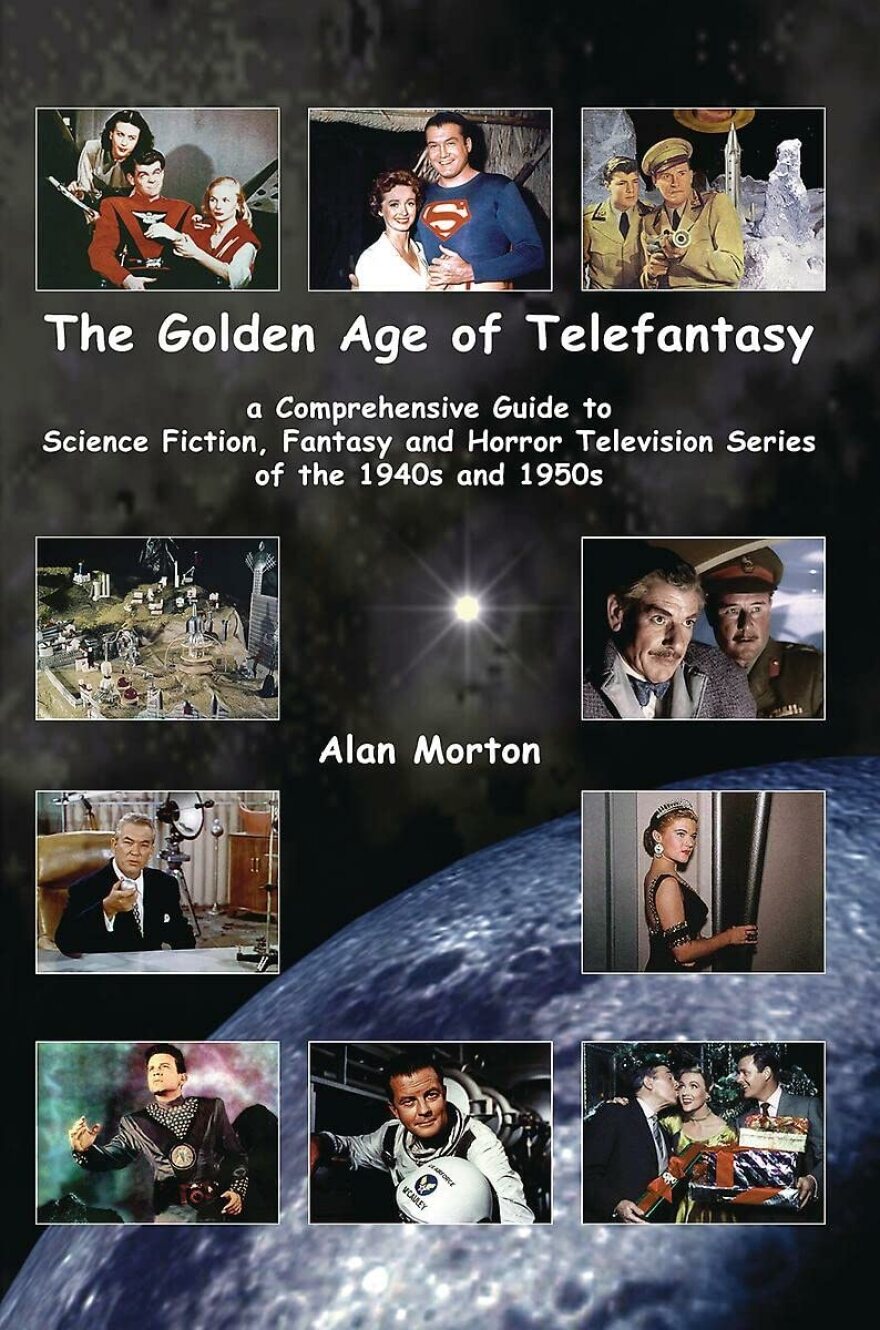“Twilight Zone” is often viewed as the first television series to showcase fantasy on the small screen. The Rod Serling program that ran from 1959 to 1964 is an oft-repeated TV classic with many memorable episodes but it wasn’t the first show to bring science fiction to television viewers.
“Captain Video and His Video Rangers” became the world’s first science fiction TV series when it went on the air in 1949 on the now defunct DuMont Television Network, said Alan Morton, author of “The Golden Age of Telefantasy,” a guide to sci-fi, fantasy and horror TV shows of the 1940s and 1950s.

Television was in its infancy in the 1950s with many of the earliest shows (like “Captain Video”) transmitted live. Most of these early sci-fi programs were aimed at kids, said Morton, citing entries such as “Tom Corbett, Space Cadet” (1950-55), “Space Patrol” (1950-55), “Captain Z-Ro” (1951-56) and “Rod Brown of the Rocket Rangers” (aired from 1953 to 1954 with a young Cliff Robertson as Ranger Rod Brown).
In 1951, eight years before “Twilight Zone” went on the air, ABC’s “Tales of Tomorrow” became television’s first attempt at adult science fiction. “Working within the restraints of live television and an obviously small budget, ‘Tales of Tomorrow’ succeeded in presenting entertaining stories that, with the exception of a few scientific facts, have stood the test of time,” Morton said.
The show ran for two years and was in syndication until 1957, showcasing performers--some well-known, some who would be. Among the stars who appeared on the show were Veronica Lake (without the trademark long blonde hair she brandished in 40s films like “Sullivan’s
Travels” and “This Gun for Hire”), Leslie Nielsen, Eva Gabor, Boris Karloff and James Dean.
TV’s first anthology series to focus on fantasy and horror was, like many of television’s earliest efforts, a former radio show. When “Lights Out” first aired on nationwide radio in 1935 it was a horror sensation. “Never had such sounds been heard on the air,” noted John Dunning in “The Encyclopedia of Old-Time Radio.” “Heads rolled, bones were crushed, people fell from great heights and splattered wetly on the pavement.”
The TV version wasn’t quite as grim but still drew criticism at the time for being overly violent, said Morton. “Lights Out” was first aired in New York City as a series of TV programs in 1946 (a year when there were only 8,000 TV households in the United States) before running regularly on NBC-TV from 1949 to 1952. The show drew high ratings until landing opposite “I Love Lucy” on Monday night.
“Science Fiction Theatre,” hosted by radio veteran Truman Bradley, was a mid-1950s attempt to create a serious science-fiction anthology series, said Morton. Running from 1955 to 1957, “Science Fiction Theatre” touched on such futuristic themes as teleconferences, driverless cars and medical breakthroughs like heart transplants.
While “Science Fiction Theatre” is readily available (a DVD box set was released in 2015), the same cannot be said of much of the rest of television’s earliest efforts at science fiction. “Most of the programs detailed in my book will never be seen again. Lost to the ages. Some were never recorded. Others had copies of the episodes destroyed; some intentionally, some not,” said Morton.
Traces of the early TV era can occasionally turn up, he said. “The first I learned of ‘Captain Video and His Video Rangers’ was watching a rerun of a classic episode of ‘The Honeymooners’ where Ralph (Jackie
Gleason) and Norton (Art Carney) become co-owners of a TV set. Ralph becomes annoyed with Norton who insists on watching ‘Captain Video’ and dressing up (wearing a space helmet) while doing so,” said Morton, who was born in the 1960s. “There are people today who think ‘Captain Video’ was something made up for ‘The Honeymooners,’” he added.
When he’s not investigating old TV episodes, Morton travels about putting on comic book exchanges.


